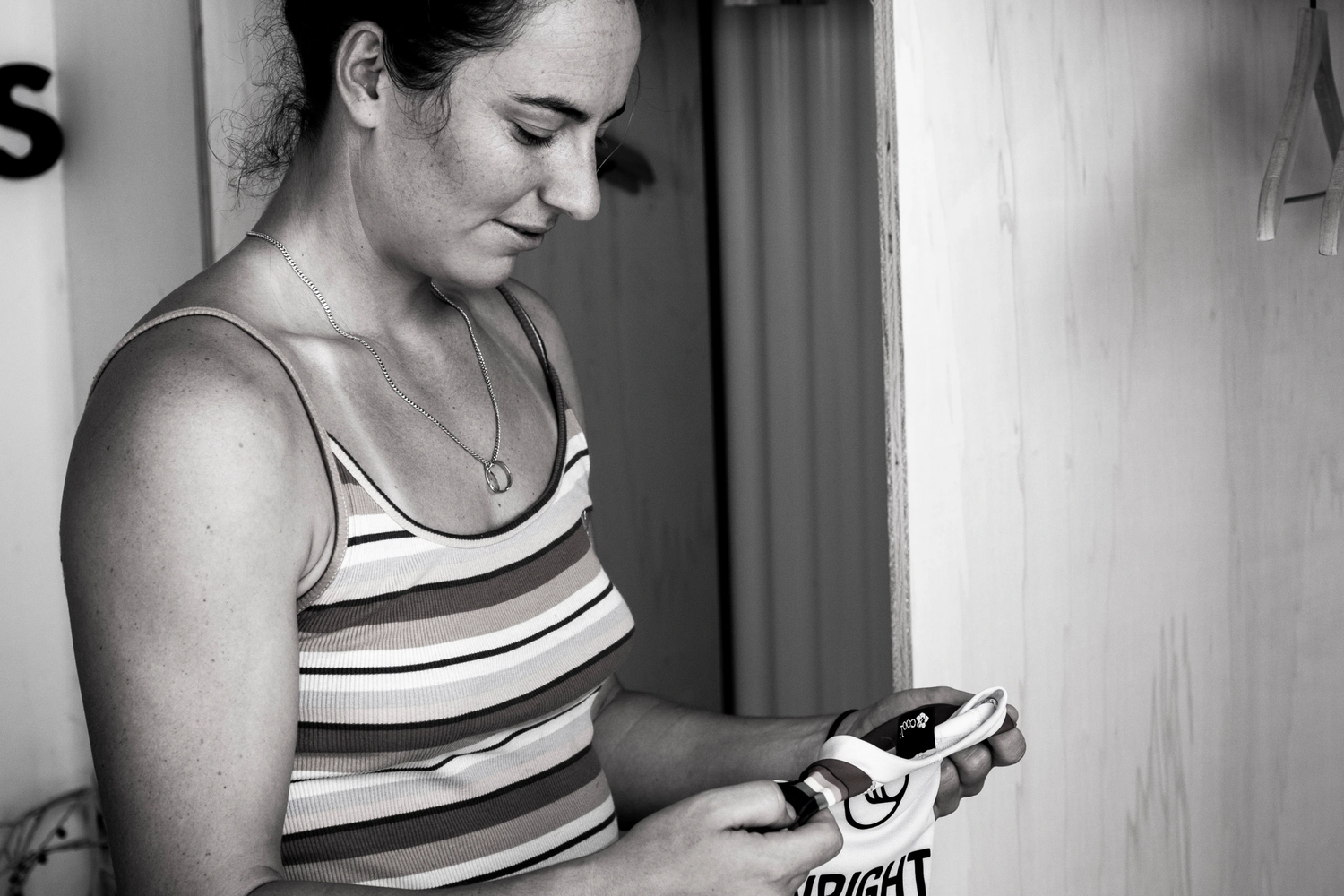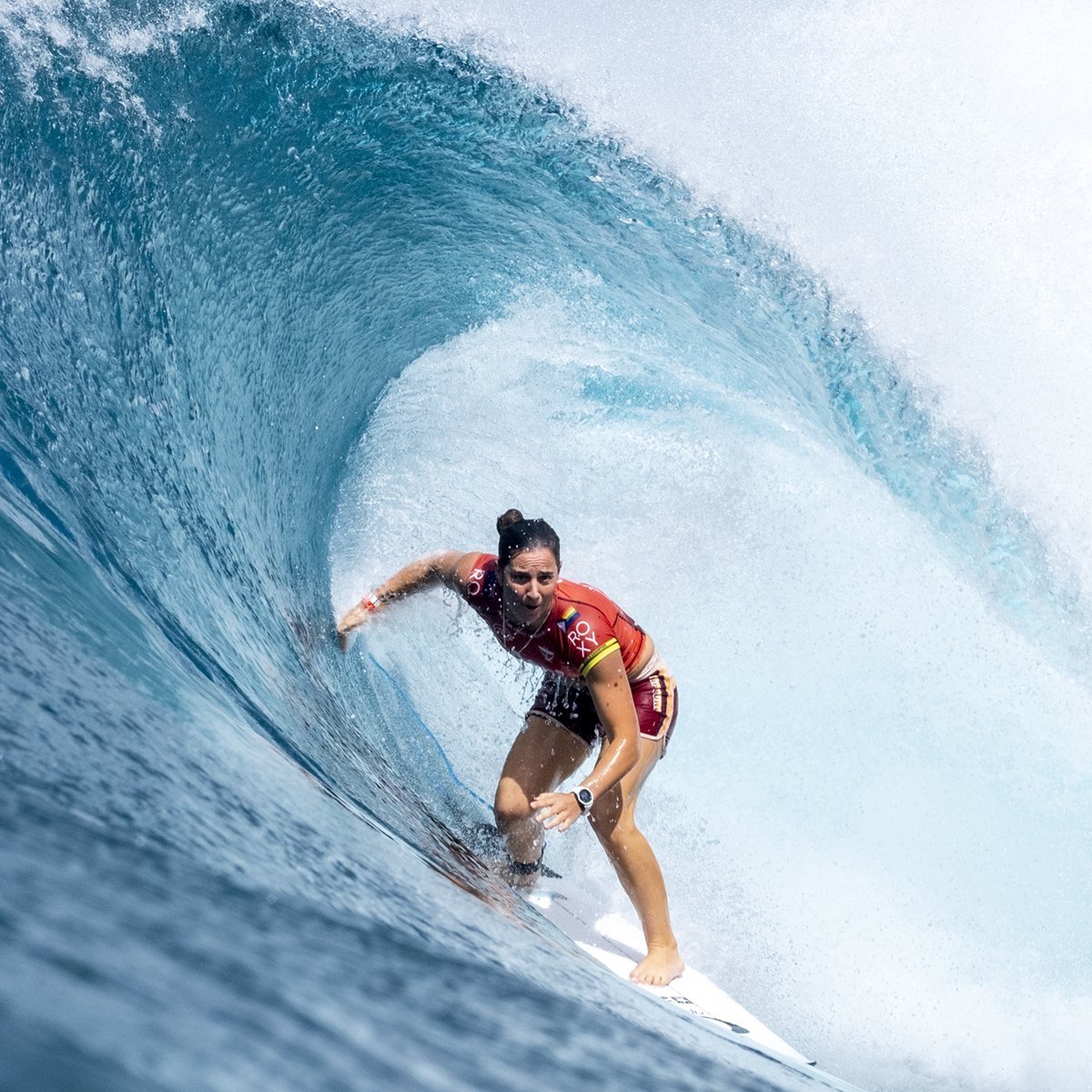Make or Break Highlights the Human Side of Professional Surfing
Tyler Wright / WSL
As surfing fans, we are not often afforded much more than a 15-second post-heat interview soundbite from our athlete icons. "Yeah, that one wave was crazy. Thank you to my sponsors and my mum, couldn't do it without them.” You know the drill.
Make or Break shatters this barrier, offering an intimate look into the lives, emotions, and competitor psyches of world tour surfers.
Season one of the new documentary series from Apple TV+ follows the 2021 season of the WSL Championship Tour. The first episode focuses almost entirely on the women, a powerful reminder that a new era in surfing has arrived. We see Tyler Wright's journey through recovering from a life-altering illness to winning the women's first-ever CT event at Pipeline.
The first episode focuses almost entirely on the women, a powerful reminder that a new era in surfing has arrived.
A fierce competitor through and through, Tyler has not always been known for opening up. But in this episode, she is vulnerable about her experience. "People asked if I was scared I'd never surf again," she says of the illness that sidelined her for two and a half years at the height of her career. "No, I was scared I'd never live a normal life or get up again."
"People asked if I was scared I'd never surf again. No, I was scared I'd never live a normal life or get up again."
Not only does Tyler get up again; she returns to the tour, and, at the final event of the season in Maui, picks off formidable rivals at the top of their game like Johanne Defay and Stephanie Gilmore.
Then, just as the final match of the event against Carissa Moore lines up, tragedy strikes at Honolua Bay.
The cameras turn on Erik Logan, WSL CEO, as he learns that a fatal shark attack has taken place at the event site.
Here we get another unique angle on surfing: tour executives grappling with dynamic conditions, intense emotions, and life-or-death scenarios.
Erik appears simultaneously devastated and cool-headed as he considers the next move.
Here we get another unique angle on surfing: tour executives grappling with dynamic conditions, intense emotions, and life-or-death scenarios.
Nerves among the athletes are completely fried. Many of them have a traumatic shark story of their own. The heartbreak is palpable.
Finishing at Honolua under these circumstances is unimaginable. But the show must go on.
It’s proposed that the event should finish at Pipeline. Jessi Miley-Dyer, Senior VP of Tours and Competition, holds council with the women to discuss. With not one, not two, but three iPhones in hand (her job involves a lot of moving parts, to say the least), she lays out the vision for breaking this new ground.
"Personally, as an individual, no, I don't want to surf Pipe," Tyler recalls of her mindset at the time. "I have brothers who've been critically injured there." Yet she knows what it would mean for women’s surfing to cross this bridge—and her goal of winning a third world title remains her priority.
“The more events you win,” notes Jessi in an interview, “the more you'll have a platform to speak about the things that matter to you.”
Tyler, who has been an outspoken advocate for social justice, comments that surfing still has a long way to go to truly be an inclusive sport.
In Maui, she debuted a jersey sporting the progress pride flag. We catch a glimpse of her quiver as she picks through Pipe options with her coach, and the famous Black Lives Matter board is on deck.
Tyler is surfing for something much bigger than herself.
We're whisked away to Pipeline, where the men's event is wrapping up. "You worry, you freak out, because that reef is unforgiving," says Tyler’s mom, who, with two pro surfing veterans for sons, knows the risks of the wave all too well.
"That's that's what surfing is," Kelly Slater offers: "that fear and danger that comes along with it that's also enticing."
The show gives us a real feel for the pressure of surfing hallowed grounds, risking it all in waves of consequence, and carrying the mantle for your home, your legacy, and the things you believe in.
Tyler is surfing for something much bigger than herself.
The horn splits the air the final match between Carissa and Tyler is on. Tyler pulls into a sizable backdoor barrel and is eaten alive as it closes out. Carissa follows suit.
Rain starts pouring and no one has scored over a 2. Carissa, who knows her way around a proper Pipeline tube, seems to be having an off day. Tyler tucks into some more caverns, bangs out a few signature power carves, and puts together a win.
This heat may be unremarkable on its own when measured by waves surfed, but it blows open the door for a new period in history for the women’s tour. From here forward, the women’s tour will follow the men’s exactly and start at Pipeline every season.
Equal venues. Equal opportunity.
WSL / Keoki Saguibo
We saw this event go down on the live broadcast, but it was impossible to comprehend the stakes, the scale, and the personal battles fought in the lead-up to this moment.
The show gives us a real feel for the pressure of surfing hallowed grounds, risking it all in waves of consequence, and carrying the mantle for your hometown, your legacy, and the things you believe in.
As a surf fan, you feel an overwhelming sense of pride watching all of this unfold from a close-up perspective. You feel the rush of watching the world’s best waves in perfect conditions. You feel connected to the athletes and what surfing means to them.
Make or Break is streaming now on Apple TV+, with season 2 on the horizon.


